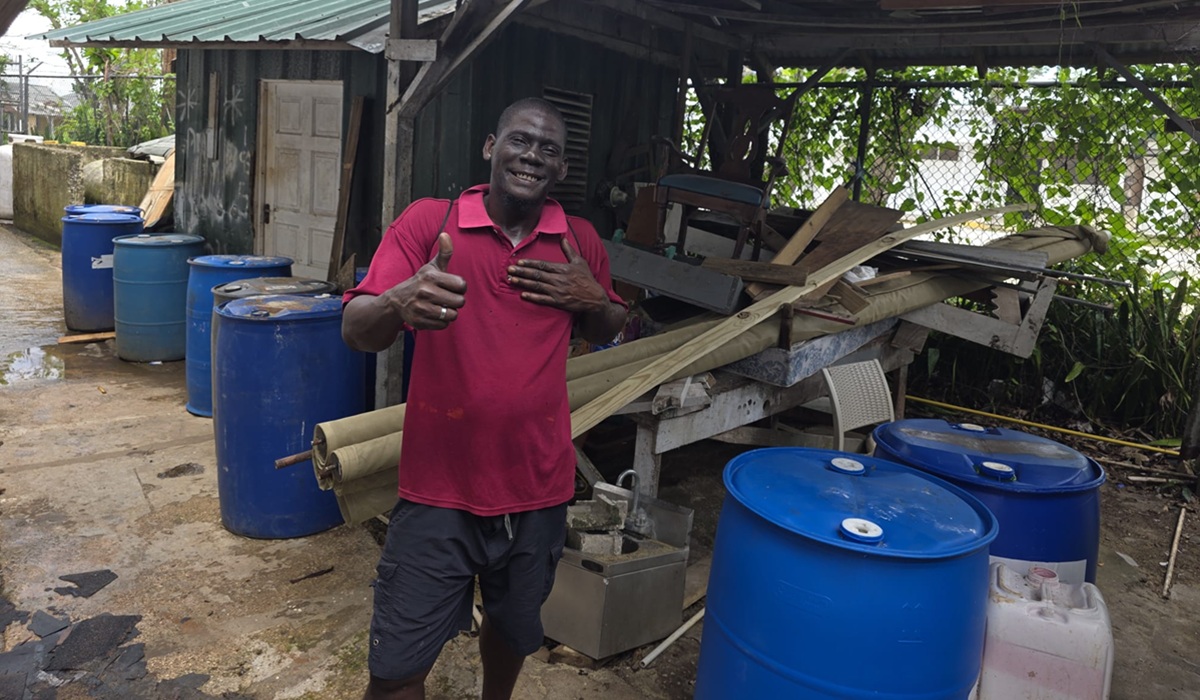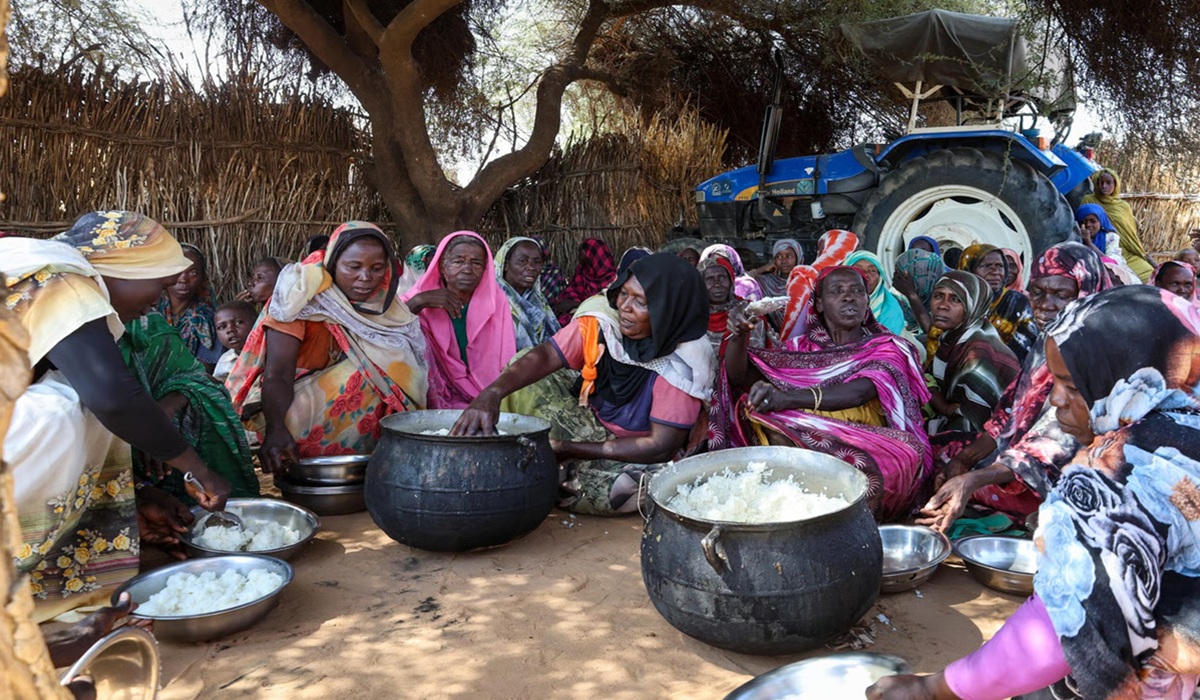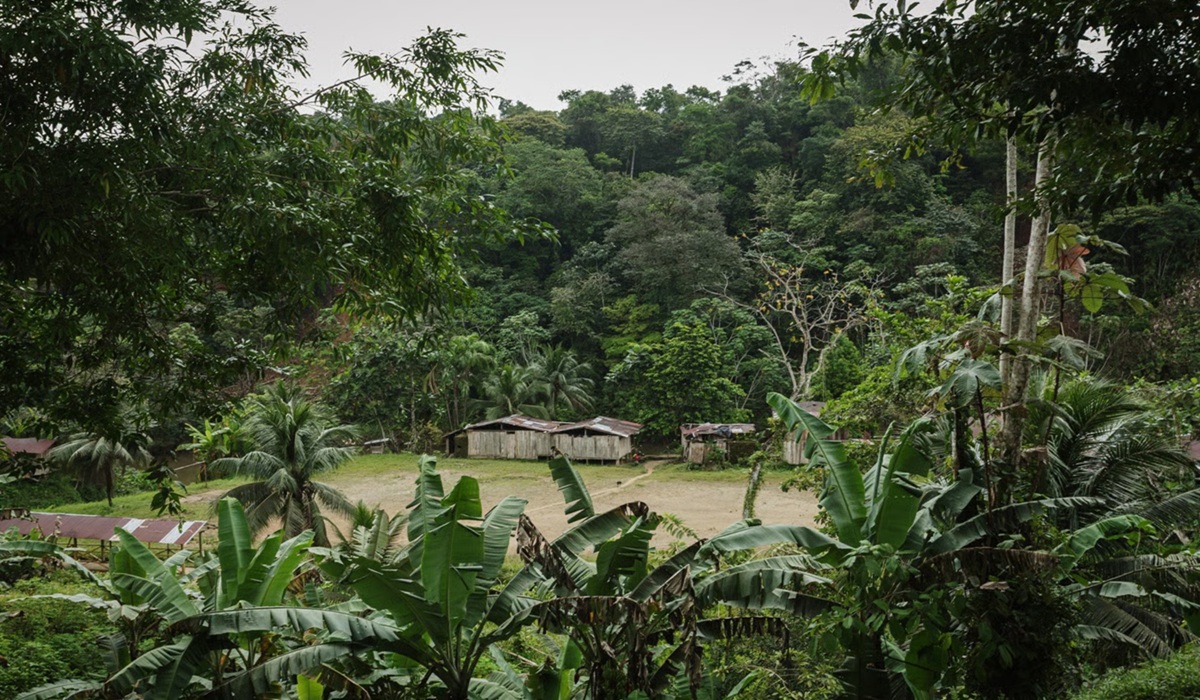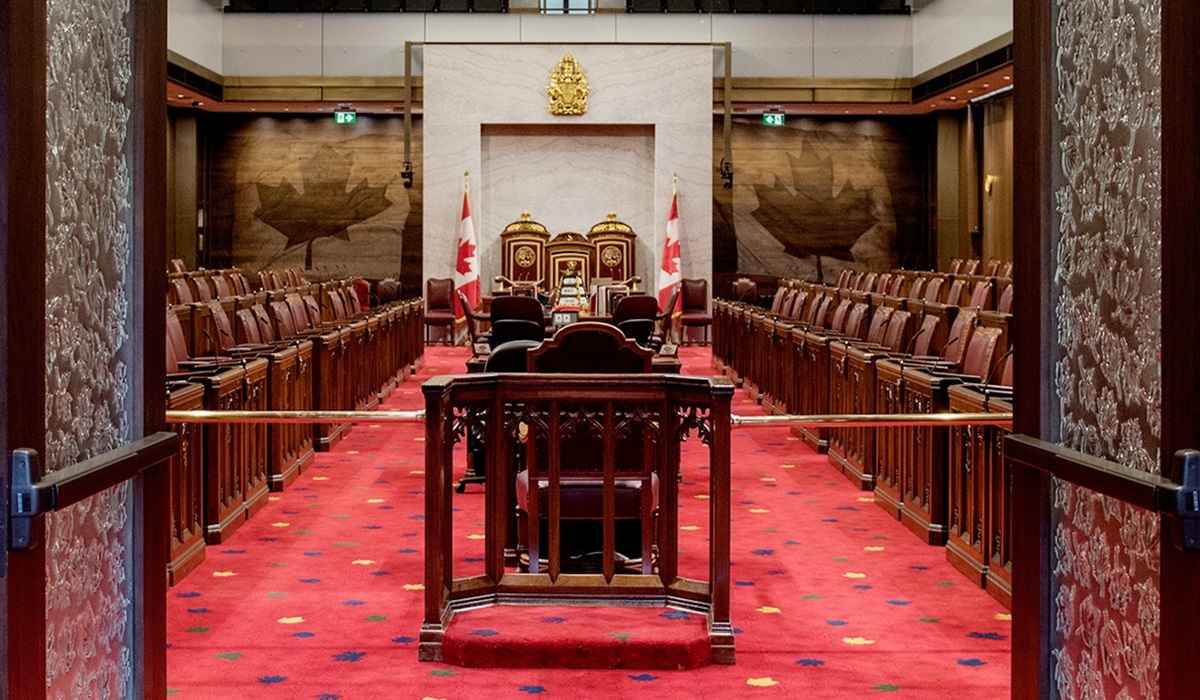Cameroon Tops List of World’s Most Neglected Displacement Crises, NRC Warns
- Kingston Bailey
- Africa
- Trending News
- June 3, 2025
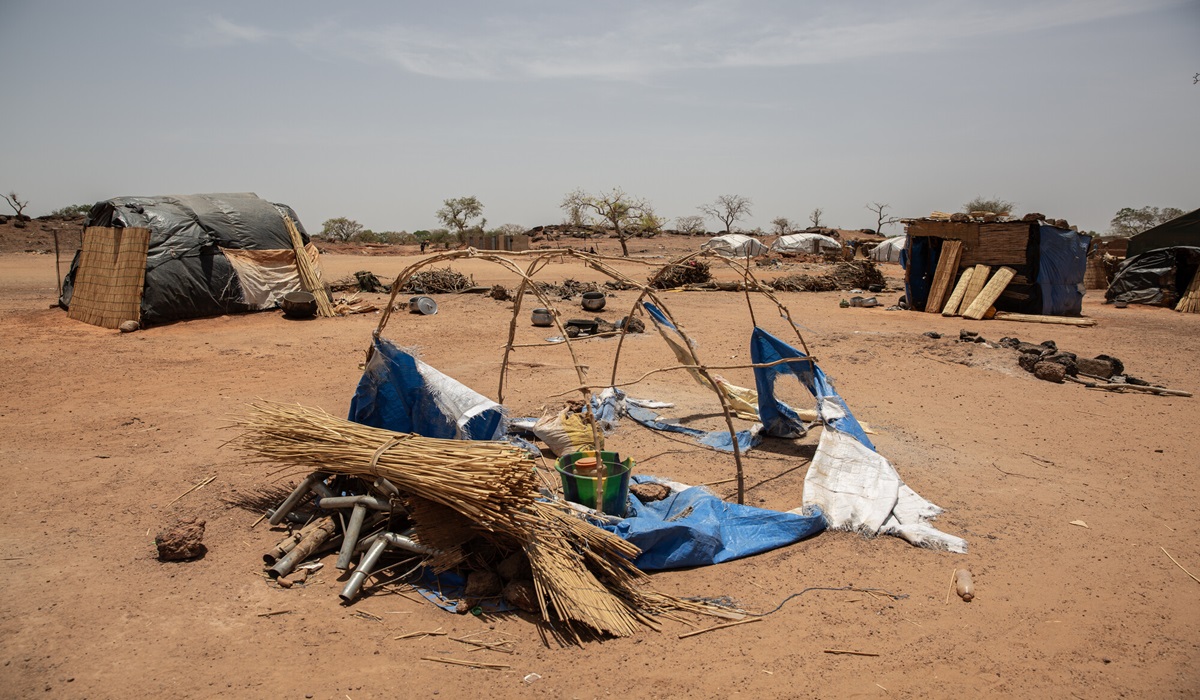
Image Credit, NRC
In a world increasingly engulfed by humanitarian disasters, the crisis in Cameroon has now been named the most neglected displacement crisis on the planet, according to the latest annual report from the Norwegian Refugee Council (NRC). Despite displacing hundreds of thousands across multiple protracted emergencies, Cameroon remains largely invisible on the global stage—underfunded, underreported, and politically sidelined.
Every year, the NRC ranks the top ten most neglected displacement crises using three hard-hitting metrics: lack of humanitarian funding, absence of international media coverage, and a stunning vacuum of effective political engagement. This year’s findings are damning. Cameroon has climbed back to the top of the list—after ranking second last year—illustrating that, while other crises have worsened, none have faced such chronic abandonment from the global community.
“Displacement isn’t a distant problem. It’s a shared responsibility,” said Jan Egeland, Secretary General of NRC. “Yet we are witnessing donors across Europe, the United States, and elsewhere turn their backs on people in their hour of greatest need.”
The report highlights a grim reality: the shortfall between what was needed to address humanitarian crises in 2024 and what was delivered sits at a staggering USD 25.3 billion. That gap represents over half of all global needs unmet. Yet, when compared to global military expenditures—which totaled USD 2.46 trillion last year—it’s clear this isn’t about capacity, but will. The humanitarian shortfall amounts to just 1.03% of what the world spent on war and weapons, or about 3.7 days of global defense spending.
Cameroon is a prime example of this imbalance. The country faces three separate and sustained crises—from conflict in its Far North region, the Anglophone crisis in the Northwest and Southwest, and the influx of refugees from the Central African Republic. Yet the 2024 humanitarian response plan for Cameroon was only 45% funded, with a gap of over USD 200 million. Meanwhile, the plight of Cameroonian families rarely reaches international media. In 2024, just 28,800 articles were published in major world languages about Cameroon’s crisis—15 times fewer than those written about Ukraine.
People like Djeinabou, a 32-year-old refugee from the Central African Republic now living in Cameroon, capture the reality on the ground. “Life is very difficult at times,” she said. “We get by with a little farming and small jobs to try and eat. We worry about our children’s future. They need to go to school. But we’ve been forgotten here in Cameroon. It’s very hard to even think about what the future might be.”
The broader list of neglected crises for 2024 includes Ethiopia, which climbed to second place—its highest ranking yet—followed by Mozambique in third, featuring on the list for the first time. Burkina Faso, which topped the list in 2022 and 2023, now ranks fourth. The Democratic Republic of Congo, a longstanding humanitarian disaster, dropped to eighth after years near the top. But this shuffle in rankings isn’t cause for celebration. As Egeland bluntly put it: “These shifts do not reflect improvement. They reflect deeper neglect across the board.”
The NRC doesn’t mince words: the neglect of protracted displacement crises is being driven by deliberate political choices. Aid cuts from traditionally generous nations are stacking the odds against those already living in crisis. The United States paused ongoing humanitarian efforts for a foreign aid review. The UK slashed its Overseas Development Assistance from 0.5% to 0.3% of GNI. France, Germany, Sweden, Belgium, the Netherlands, and Switzerland have also announced major cuts.
“It’s a dangerous illusion to think cutting aid will make these crises disappear,” said Egeland. “What we’re really doing is withdrawing lifelines. These decisions are costing lives.”
The report emphasizes that funding, while critical, isn’t enough. Without bold conflict resolution, diplomacy, and long-term investment in crisis prevention, suffering will deepen, and displacement will accelerate.
“This year I fear the consequences of inaction more than ever,” said Egeland. “Each year we warn that things will get worse. And each year we are proven right. But we must not accept this trajectory as inevitable. What we choose to do—or not do—in 2025 will be remembered. And judged.”
For those looking to act, the message is clear: humanitarian neglect is not a natural disaster. It is a manmade one—and it can be reversed.



